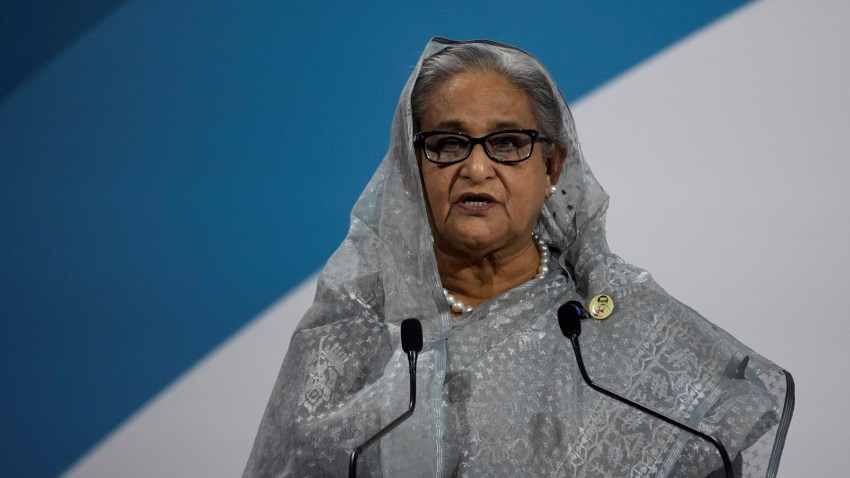Bangladeshi PM Sheikh Hasina resigned and fled the country earlier today following weeks of anti-government protests and a government crackdown that left hundreds of people dead. The protests gained renewed momentum over the weekend, culminating in thousands of people storming the PM’s official residence. (AP)
Our Take
Although these protests were extensive and lasting, Hasina’s resignation is still a surprising outcome. In her 15 years in power, she has weathered several waves of widespread protests before, including from the country’s political opposition, students and labor movements. Late last month, it briefly seemed that Hasina had ridden out this wave as well, when the country’s Supreme Court curtailed the government job quota system whose reinstatement had sparked the initial unrest among students, leading to a pause in the demonstrations.
But they resumed soon thereafter, with protesters calling for accountability for the government’s repressive response to the initial demonstrations, during which hundreds of people were killed and more than 11,000 arrested. Indeed, the decisive factor this time around appears to be the military’s misgivings about its role in that repression. In announcing the formation of an interim government, Bangladesh’s military chief also said he would launch an investigation into the crackdown and pledged that security forces would no longer fire into crowds.

